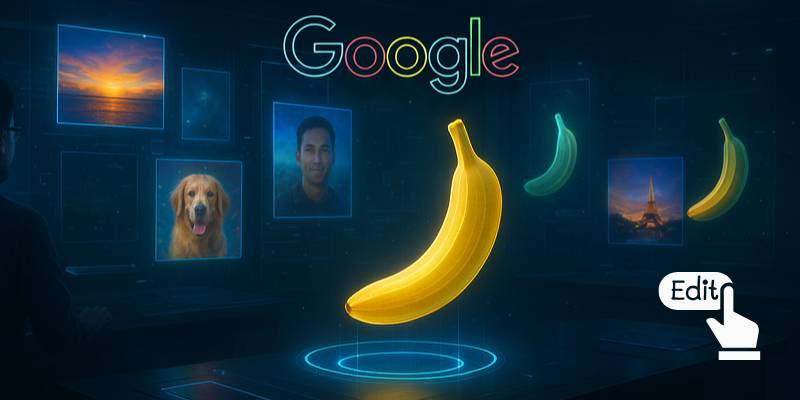Photo editing has always been a bit of an art form, but Google DeepMind’s latest tool, Gemini Flash 2.5 “Nano Banana”, is rewriting the rules.
With just a few words, users can transform photos—swap skies, change outfits, even reimagine entire moods—without needing Photoshop chops or a designer’s eye. It’s slick, it’s fast, and it’s raising a lot of eyebrows.
What makes Nano Banana stand out is its uncanny attention to detail. It doesn’t just slap on filters—it preserves the integrity of the photo while making seamless changes.
Imagine typing “make it look like autumn” and instantly watching leaves turn golden without messing up your subject’s skin tones.
It’s creative magic, but also a Pandora’s box. If realistic edits can be spun up in seconds, what stops bad actors from using it to spread fake news or doctor celebrity photos?
The tech isn’t coming out of nowhere, of course. Google has been embedding SynthID, its invisible watermark for AI-generated images, across platforms, hoping it will prevent misuse.
But experts warn that watermarks can be stripped or ignored by less scrupulous players. This brings the age-old question back into focus: are we building tech faster than we can regulate it?
At the same time, users are voting with their clicks—and so far, they’re impressed. Early comparisons between Nano Banana and ChatGPT’s own image generation suggest Google’s tool is quicker and more consistent, especially in producing human-like edits that don’t veer into uncanny territory.
While it may not yet dethrone giants like Adobe Photoshop, it’s shaping up to be a household-friendly alternative that lowers the creative barrier.
Not everyone is thrilled, though. The Melbourne Royal Show recently tested AI-generated ads using Midjourney and Adobe Firefly, and the results were… let’s say “nightmare fuel.” Locals criticized the distorted animals and off-kilter rides, proving that when AI art goes wrong, it goes really wrong.
The Nano Banana tool might be smoother, but it doesn’t erase the broader issue: audiences are becoming more skeptical of AI visuals, sometimes spotting flaws even when there aren’t any.
Here’s the kicker—despite all the concerns, the march toward AI-driven creativity isn’t slowing down.
Adobe just partnered with Google to bring Gemini Flash into Adobe Firefly, letting pros and casual users alike generate and edit images instantly inside Photoshop and Express. That means what feels cutting-edge today will likely feel like standard practice within a year.
So where does that leave us? Somewhere between awe and unease. Tools like Nano Banana democratize creativity, but they also blur the line between real and fake faster than society can adapt.
The fear isn’t just about people making goofy edits—it’s about trust. If every photo can be so easily altered, how do we decide what to believe? Maybe that’s the question that will define this next phase of AI innovation.

